- English
- French
- German
- Portuguese
- Spanish
- Russian
- Japanese
- Korean
- Arabic
- Greek
- German
- Turkish
- Italian
- Danish
- Romanian
- Indonesian
- Czech
- Afrikaans
- Swedish
- Polish
- Basque
- Catalan
- Esperanto
- Hindi
- Lao
- Albanian
- Amharic
- Armenian
- Azerbaijani
- Belarusian
- Bengali
- Bosnian
- Bulgarian
- Cebuano
- Chichewa
- Corsican
- Croatian
- Dutch
- Estonian
- Filipino
- Finnish
- Frisian
- Galician
- Georgian
- Gujarati
- Haitian
- Hausa
- Hawaiian
- Hebrew
- Hmong
- Hungarian
- Icelandic
- Igbo
- Javanese
- Kannada
- Kazakh
- Khmer
- Kurdish
- Kyrgyz
- Latin
- Latvian
- Lithuanian
- Luxembou..
- Macedonian
- Malagasy
- Malay
- Malayalam
- Maltese
- Maori
- Marathi
- Mongolian
- Burmese
- Nepali
- Norwegian
- Pashto
- Persian
- Punjabi
- Serbian
- Sesotho
- Sinhala
- Slovak
- Slovenian
- Somali
- Samoan
- Scots Gaelic
- Shona
- Sindhi
- Sundanese
- Swahili
- Tajik
- Tamil
- Telugu
- Thai
- Ukrainian
- Urdu
- Uzbek
- Vietnamese
- Welsh
- Xhosa
- Yiddish
- Yoruba
- Zulu
How Does Titanium Alloy Bar Compare to Other Metals in Strength?
When it comes to selecting materials for high-performance applications, engineers and designers often find themselves weighing the pros and cons of various metals. Among these, titanium alloy bar has emerged as a standout option, particularly in industries where strength-to-weight ratio is crucial. But how does titanium alloy bar really stack up against other metals when it comes to strength? Let's dive into this comparison and explore why titanium alloy has become such a popular choice in various sectors.

Grasping the Unique Properties of Titanium Alloy Bar
Before we compare titanium alloy bar to other metals, it's essential to understand what makes it special. Titanium alloy bars are composed of titanium mixed with other elements such as aluminum, vanadium, or molybdenum. This composition results in a material that combines the best properties of its constituents, creating a metal that's both strong and lightweight.
The most common titanium alloy used in bar form is Ti-6Al-4V, which contains 6% aluminum and 4% vanadium. This alloy offers an excellent balance of strength, toughness, and corrosion resistance. When we talk about titanium alloy bar, we're often referring to this specific composition, though other alloys exist for specialized applications.
One of the standout features of titanium alloy bar is its impressive strength-to-weight ratio. This means that for its weight, titanium alloy is exceptionally strong. In fact, it's as strong as steel but 45% lighter. This property makes titanium alloy bar an ideal choice for applications where weight savings are critical, such as in aerospace or high-performance automotive industries.
Titanium Alloy Bar vs. Steel: A Strength Comparison
When comparing titanium alloy bar to steel, we need to consider several factors. Steel has long been the go-to material for many applications due to its strength and relatively low cost. However, titanium alloy bar offers some distinct advantages.
In terms of tensile strength, which is the resistance of a material to breaking under tension, titanium alloy bar is comparable to many steels. The Ti-6Al-4V alloy, for instance, has a tensile strength ranging from 830 to 1,070 MPa. This is similar to or even higher than many high-strength steels.
However, where titanium alloy bar really shines is in its specific strength – the strength-to-weight ratio. Because titanium is so much lighter than steel, a titanium alloy bar can provide the same strength as steel at almost half the weight. This makes it an excellent choice for applications where weight reduction is crucial, such as in aircraft components or high-performance sports equipment.
Another area where titanium alloy bar outperforms steel is in corrosion resistance. Titanium naturally forms a protective oxide layer when exposed to air, making it highly resistant to corrosion in many environments. This property gives titanium alloy bar a significant advantage in applications where exposure to corrosive substances or environments is a concern.
Titanium Alloy Bar Compared to Aluminum and Other Lightweight Metals
When it comes to lightweight metals, aluminum is often the first that comes to mind. Like titanium, aluminum is prized for its low density. However, titanium alloy bar offers some distinct advantages over aluminum in certain applications.
While aluminum is lighter than titanium, titanium alloy bar is significantly stronger. The tensile strength of titanium alloys can be more than twice that of the strongest aluminum alloys. This means that for applications requiring high strength and low weight, titanium alloy bar often emerges as the superior choice.
Moreover, titanium alloy bar maintains its strength at higher temperatures better than aluminum. This makes it particularly useful in aerospace applications, where materials must withstand extreme temperature variations. Titanium alloy bars can maintain their mechanical properties at temperatures up to 600°C, while aluminum alloys typically start to lose strength at much lower temperatures.
When compared to other lightweight metals like magnesium, titanium alloy bar again shows its versatility. While magnesium is even lighter than titanium, it doesn't match up in terms of strength or corrosion resistance. Titanium alloy bar provides a better balance of properties, making it suitable for a wider range of applications.
It's worth noting that the choice between titanium alloy bar and other lightweight metals often comes down to the specific requirements of the application. While titanium alloy bar excels in many areas, factors such as cost, availability, and ease of fabrication also play a role in material selection.
Conclusion
In conclusion, titanium alloy bar stands out as a remarkably versatile and high-performance material when compared to other metals. Its combination of high strength, low weight, and excellent corrosion resistance makes it an ideal choice for a wide range of applications, particularly those where performance is critical.
While steel remains a popular choice for many applications due to its strength and cost-effectiveness, titanium alloy bar offers significant advantages in situations where weight reduction is crucial. Its superior strength-to-weight ratio makes it an excellent choice for aerospace, automotive, and high-performance sports equipment.
Compared to lightweight metals like aluminum and magnesium, titanium alloy bar offers a better balance of properties, including higher strength and better temperature resistance. This makes it particularly valuable in applications that demand both light weight and high performance under challenging conditions.
If you're considering titanium alloy bar for your next project or want to learn more about its properties and applications, we're here to help. Our team of experts can provide you with detailed information and guidance on selecting the right titanium alloy for your needs. Don't hesitate to reach out to us at Jolina@bjhyti.com for more information or to discuss your specific requirements. Let us help you harness the strength and versatility of titanium alloy bar for your next endeavor.
Main Products
Applied Industries
Be used in a wide range of industries.
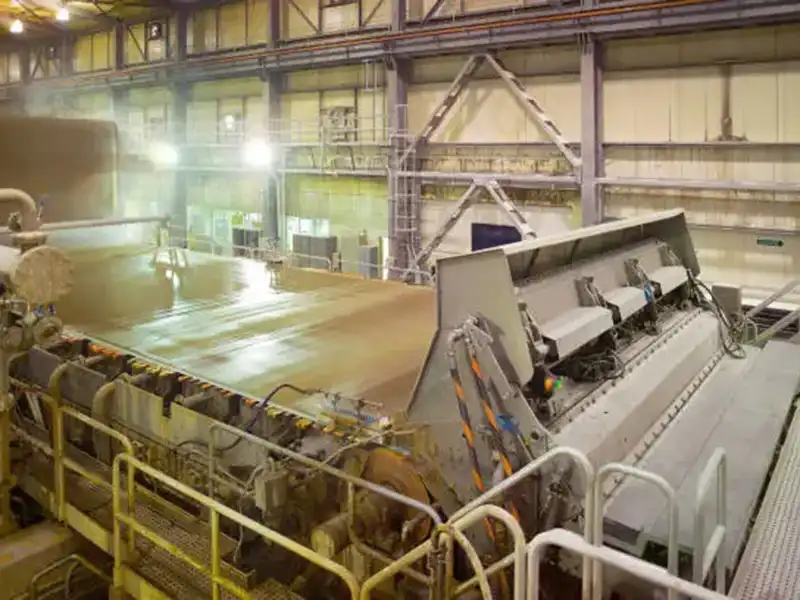
Electrolytic copper foil manufacturing industry

Hydrometallurgy industry

Sewage treatment industry
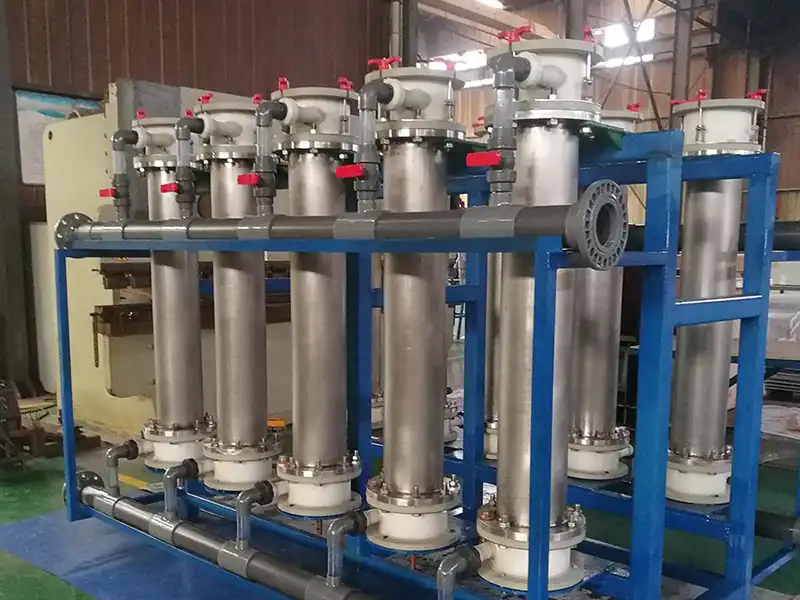
Cyclone electrolysis industry
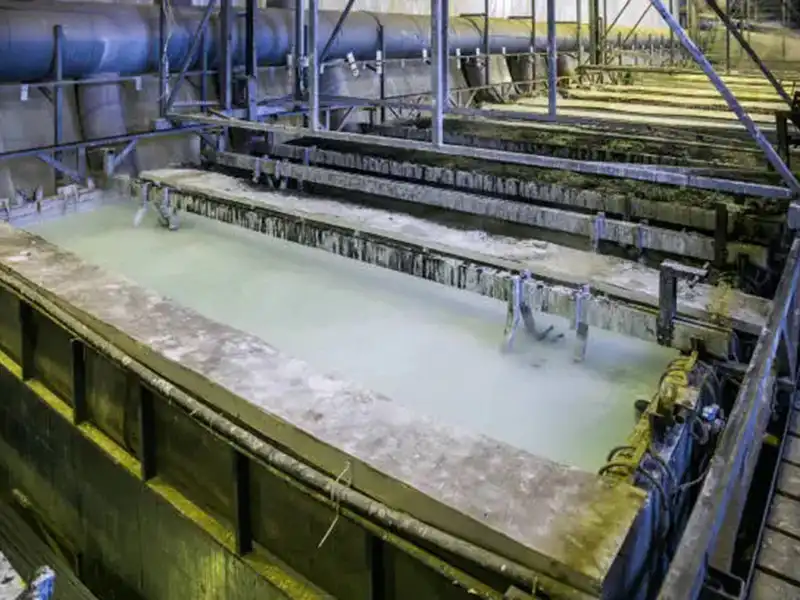
Etching liquid electrolysis recovery industry

Electrolytic sodium hypochlorite industry
References
1. Smith, J. R., & Johnson, A. B. (2020). "Comparative Analysis of Titanium Alloys and High-Strength Steels in Aerospace Applications." Journal of Materials Engineering and Performance, 29(4), 2145-2160.
2. Chen, Q., & Thouas, G. A. (2015). "Metallic implant biomaterials." Materials Science and Engineering: R: Reports, 87, 1-57.
3. Williams, J. C., & Lutjering, G. (2007). "Titanium (Engineering Materials and Processes)." Springer Science & Business Media.
4. Donachie, M. J. (2000). "Titanium: A Technical Guide." ASM International.
5. Leyens, C., & Peters, M. (Eds.). (2003). "Titanium and titanium alloys: fundamentals and applications." John Wiley & Sons.
Learn about our latest products and discounts through SMS or email
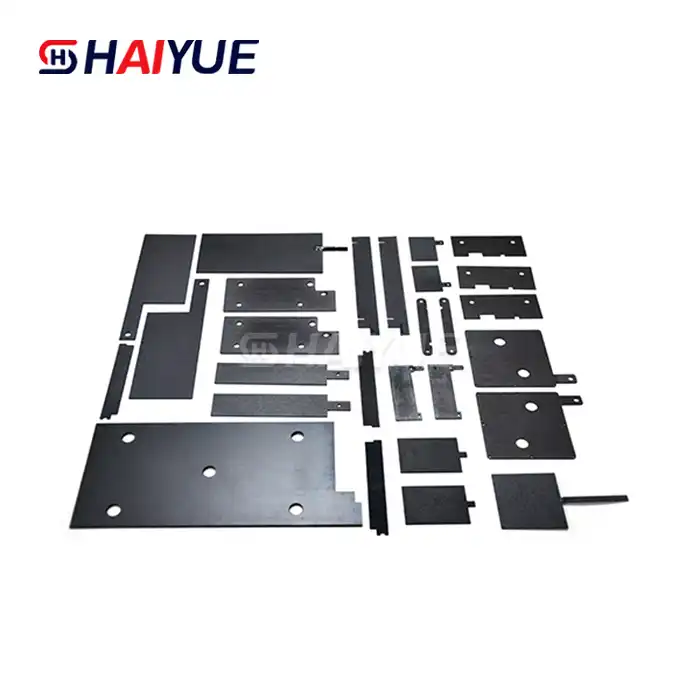
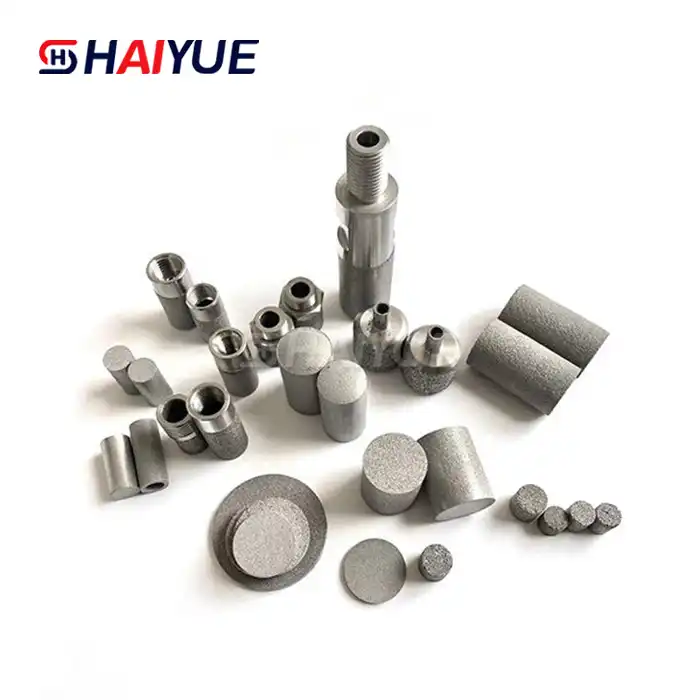
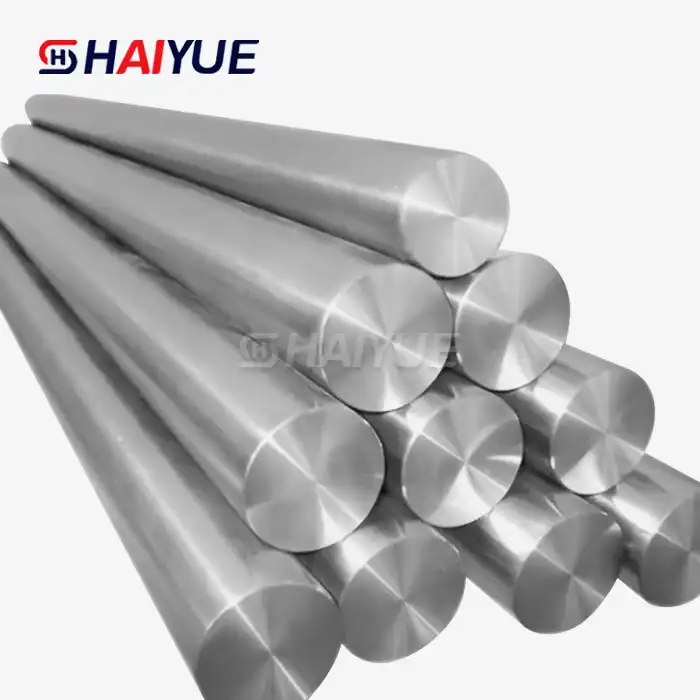
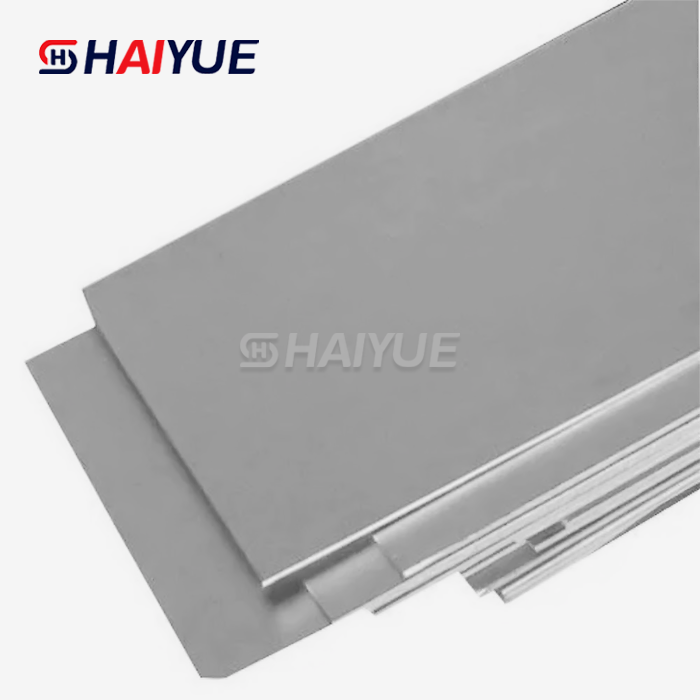
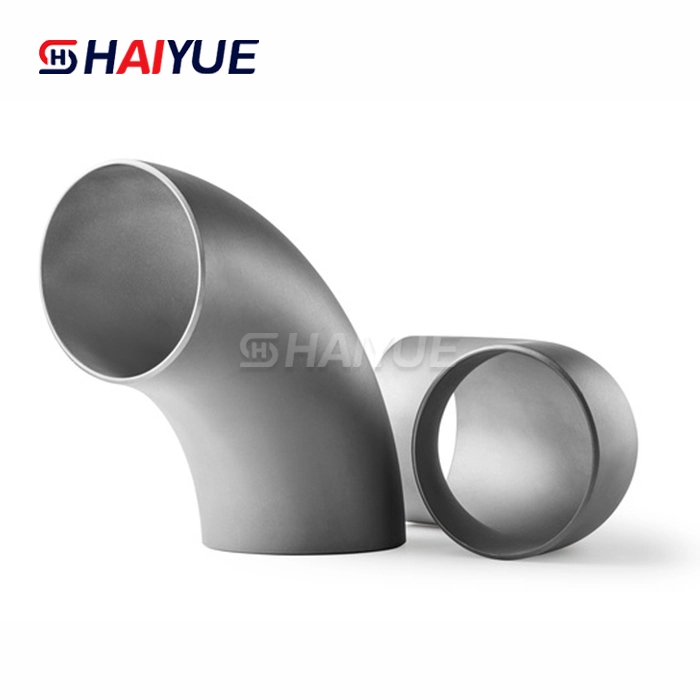
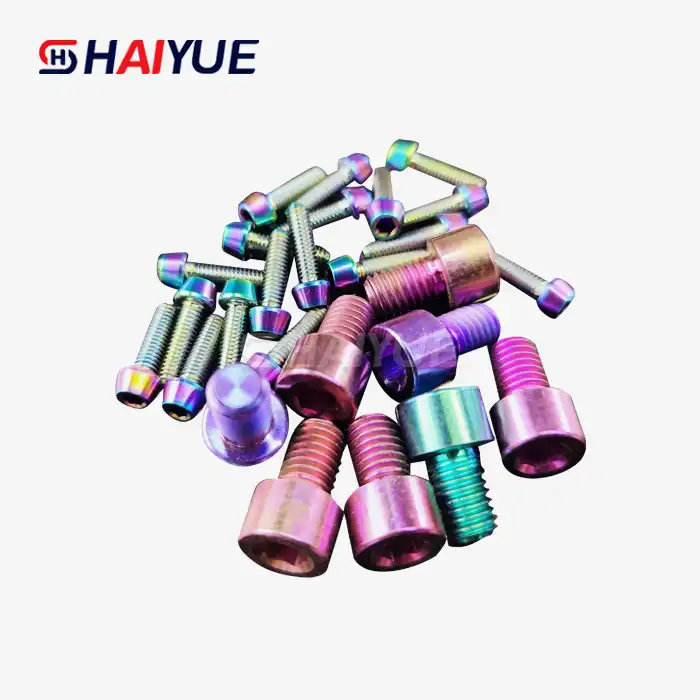
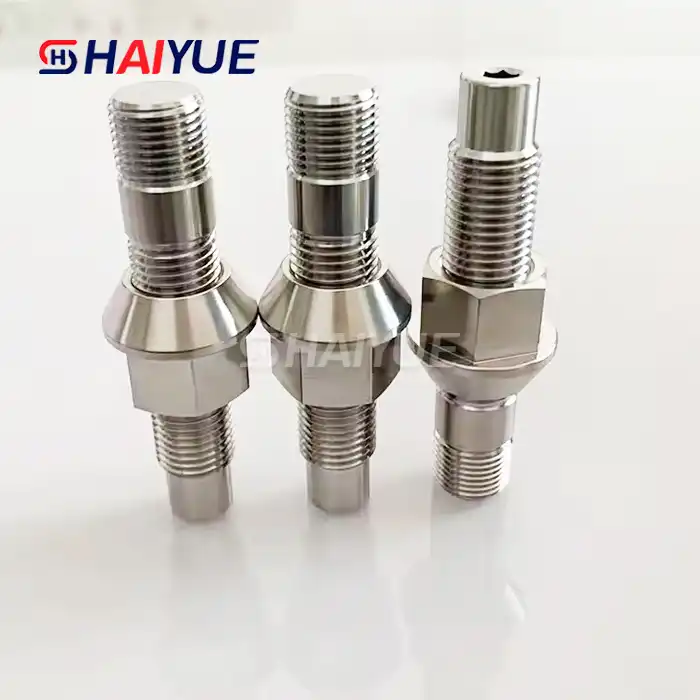
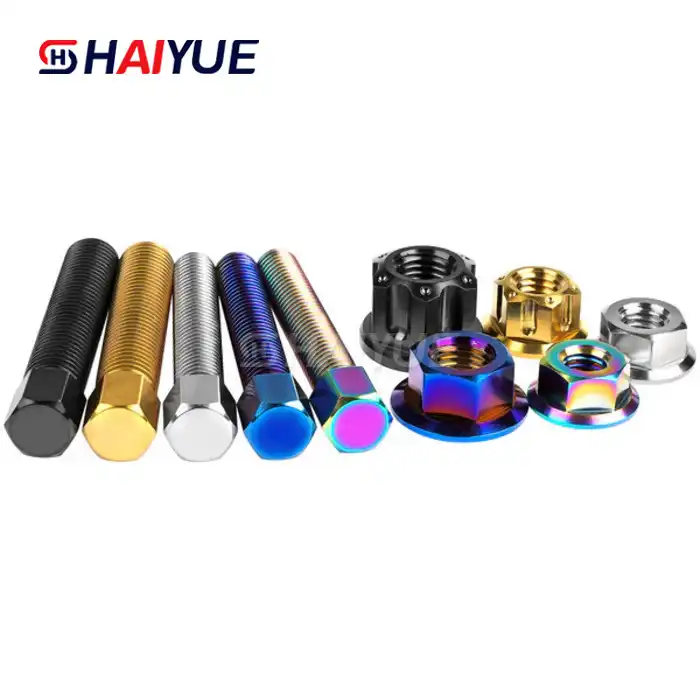
_1743058298239.webp)
_1739931620120.webp)